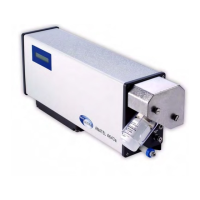H
hwaltonAug 19, 2025
What to do if ANATEL Measuring Instruments show Alarm 35?
- Jjohnny33Aug 19, 2025
If your ANATEL Measuring Instruments display Alarm 35, it could indicate that the sample valve is plugged or the UV lamp is failing. If necessary, replace the UV lamp.

